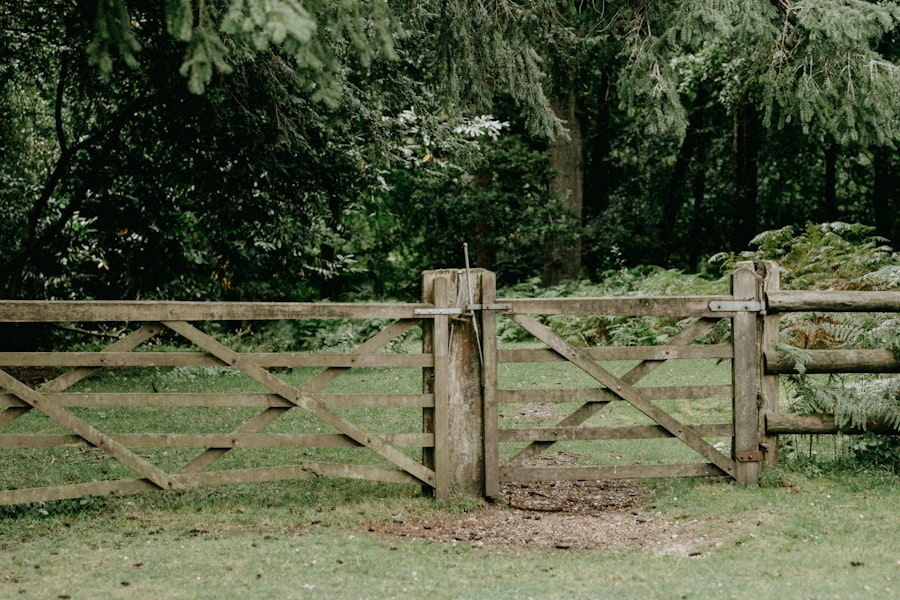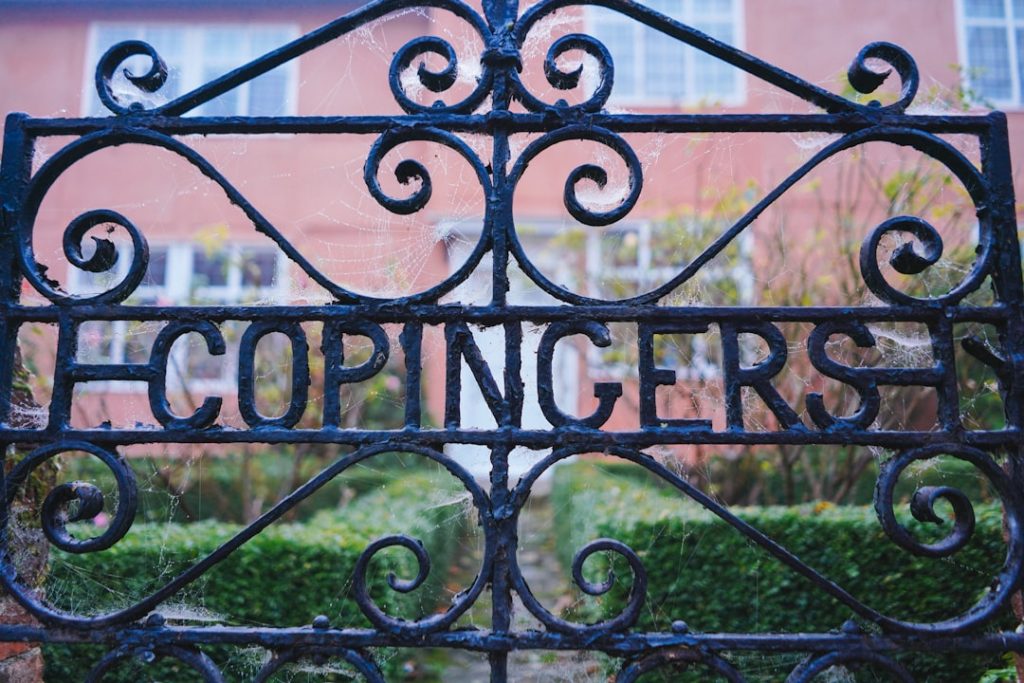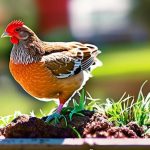Understanding the behavior of dogs around chickens is crucial for ensuring the safety and well-being of both animals. Dogs are natural predators, and their instincts may lead them to perceive chickens as prey. It is important to recognize that some dog breeds have a stronger prey drive than others, which can influence their behavior around chickens.
Additionally, a dog’s past experiences and socialization can impact how they interact with chickens. For example, a dog that has not been exposed to chickens before may be more likely to chase or attack them, while a well-socialized dog trained to coexist with other animals may be less likely to exhibit predatory behavior towards chickens. Individual personality and temperament of the dog are also important factors to consider.
Some dogs may be more curious and playful around chickens, while others may be more aggressive or territorial. Understanding the body language and signals that indicate a dog’s intentions towards chickens can help owners anticipate and prevent potential conflicts. Signs of predatory behavior in dogs may include stalking, fixation, raised hackles, and a focused or intense gaze.
By recognizing these behaviors, owners can take proactive measures to manage their dog’s interactions with chickens and prevent negative outcomes.
Table of Contents
- 1 Training techniques to keep dogs away from chickens
- 2 Creating a separate space for chickens
- 3 Using barriers to prevent dog-chicken interactions
- 4 Supervising and monitoring dog-chicken interactions
- 5 Using positive reinforcement to encourage desired behavior
- 6 Seeking professional help if necessary
- 7 FAQs
- 7.1 What are some effective ways to keep my dog away from chickens?
- 7.2 Why is it important to keep dogs away from chickens?
- 7.3 How can I train my dog to stay away from chickens?
- 7.4 What are some signs that my dog may be a threat to chickens?
- 7.5 Are there any specific dog breeds that are more prone to chasing or harming chickens?
Key Takeaways
- Dogs have natural instincts to chase and potentially harm chickens, so it’s important to understand their behavior around them.
- Training techniques such as positive reinforcement and redirection can help keep dogs away from chickens and discourage negative behavior.
- Creating a separate space for chickens, such as a coop or fenced area, can help minimize interactions with dogs.
- Using barriers like fences or gates can physically prevent dogs from getting too close to chickens.
- Supervising and monitoring dog-chicken interactions is crucial to ensure the safety of the chickens and correct any unwanted behavior.
- Positive reinforcement, such as treats and praise, can be used to encourage dogs to exhibit desired behavior around chickens.
- If the situation becomes unmanageable, seeking professional help from a dog trainer or behaviorist may be necessary to address the issue effectively.
Training techniques to keep dogs away from chickens
Positive Reinforcement
Positive reinforcement is a powerful tool in training your dog to stay away from chickens. Use a command such as “leave it” or “stay” when your dog shows interest in the chickens, and reward them with treats or praise when they obey. Consistency is key, so be patient and reinforce this command regularly. Over time, your dog will learn to associate staying away from the chickens with positive outcomes.
Desensitization
Desensitization is another effective technique to help your dog become comfortable around chickens. Gradually expose your dog to the presence of chickens in a controlled and supervised environment. This will help your dog become accustomed to the sight, sound, and smell of chickens without feeling the need to chase or attack them. By using desensitization techniques, you can help your dog develop a more neutral or positive association with chickens.
Reducing Unwanted Behavior
Providing mental and physical stimulation for your dog can also help reduce unwanted behavior around chickens. Engage your dog in activities such as obedience training, interactive toys, and exercise to keep them occupied and focused. This can help decrease the likelihood of unwanted behavior and promote a peaceful coexistence between your dog and chickens.
Creating a separate space for chickens

Creating a separate space for chickens can help minimize interactions between dogs and chickens and reduce the risk of conflict. This can be achieved by setting up a secure coop or enclosure for the chickens that is inaccessible to the dog. The coop should be designed to withstand the dog’s attempts to break in and should provide adequate protection for the chickens.
Additionally, ensuring that the coop is equipped with food, water, and shelter will help meet the needs of the chickens while keeping them safe from potential harm. In addition to a secure coop, it is important to provide an outdoor run or fenced area for the chickens to roam freely without being at risk of encountering the dog. This allows the chickens to have access to fresh air and natural foraging opportunities while remaining protected from potential threats.
By creating a separate space for the chickens, owners can help ensure their safety and well-being while also providing a peaceful coexistence with their dogs.
Using barriers to prevent dog-chicken interactions
Using barriers can be an effective way to prevent dog-chicken interactions and minimize the risk of conflict. Barriers such as fences, gates, and netting can be used to physically separate the dogs from the chickens’ living space. This can help create a clear boundary that prevents the dogs from gaining access to the chickens while allowing them to coexist in close proximity.
It is important to ensure that any barriers used are secure and durable enough to withstand the dog’s attempts to breach them. In addition to physical barriers, visual barriers such as shrubs, plants, or other landscaping features can also be used to create separation between the dogs and chickens. This can help reduce the likelihood of confrontations by limiting the visibility and direct contact between the two animals.
By strategically placing visual barriers around the chicken coop or run, owners can help create a more peaceful environment for both their dogs and chickens.
Supervising and monitoring dog-chicken interactions
Supervising and monitoring dog-chicken interactions is essential for ensuring the safety of both animals. Owners should closely observe their dogs’ behavior around chickens and intervene if any signs of aggression or predatory behavior are displayed. By being present during interactions, owners can quickly address any potential issues and prevent negative outcomes.
Additionally, using tools such as leashes or long lines can help owners maintain control over their dogs while allowing them to be in close proximity to the chickens. This can provide an added layer of safety and security by preventing the dogs from having unrestricted access to the chickens. By supervising and monitoring dog-chicken interactions, owners can proactively manage any potential risks and create a harmonious relationship between their dogs and chickens.
Using positive reinforcement to encourage desired behavior

Rewarding Calm Behavior
When dogs exhibit calm, non-aggressive behavior around chickens, they should be rewarded with treats, praise, or other forms of positive reinforcement. This helps reinforce the idea that being calm and respectful towards the chickens results in positive outcomes.
Redirecting the Dog’s Focus
Providing alternative activities and outlets for the dog’s energy can help redirect their focus away from the chickens. Interactive toys, obedience training, and physical exercise can help keep the dog mentally and physically stimulated while reducing their interest in chasing or bothering the chickens.
Developing a Positive Association
By using positive reinforcement to encourage desired behavior, owners can help their dogs develop a more positive association with chickens and reduce the likelihood of conflicts. This approach not only helps to prevent unwanted behavior but also strengthens the bond between the dog and its owner.
Seeking professional help if necessary
In some cases, seeking professional help may be necessary to address issues related to dog-chicken interactions. A professional dog trainer or animal behaviorist can provide expert guidance and support in managing and modifying a dog’s behavior around chickens. They can assess the specific dynamics between the dog and chickens, identify any underlying issues, and develop a customized training plan to address them.
Additionally, consulting with a veterinarian can also be beneficial in ruling out any medical or health-related factors that may be contributing to the dog’s behavior. Health issues such as pain, discomfort, or hormonal imbalances can impact a dog’s behavior and may need to be addressed through medical intervention. If despite all efforts, conflicts between dogs and chickens persist or escalate, seeking professional help is crucial in ensuring the safety and well-being of both animals.
Professional guidance can provide owners with the knowledge and tools needed to effectively manage dog-chicken interactions and create a harmonious living environment for all involved. In conclusion, understanding the behavior of dogs around chickens is essential for creating a safe and peaceful coexistence between these animals. By using training techniques, creating separate spaces, using barriers, supervising interactions, using positive reinforcement, and seeking professional help if necessary, owners can effectively manage dog-chicken interactions and prevent potential conflicts.
With patience, consistency, and proactive management, it is possible for dogs and chickens to live harmoniously together in a shared environment.
If you’re struggling with keeping your dog away from your chickens, you may also be interested in learning about duck mating season. Understanding the natural behaviors of ducks can help you create a safe and harmonious environment for all of your feathered friends. Check out this article on duck mating season for more information.
FAQs
What are some effective ways to keep my dog away from chickens?
Some effective ways to keep your dog away from chickens include training your dog to respect boundaries, using physical barriers such as fences or chicken wire, and providing your dog with plenty of exercise and mental stimulation to reduce their prey drive.
Why is it important to keep dogs away from chickens?
It is important to keep dogs away from chickens to prevent injury or death to the chickens. Dogs have a natural prey drive and may see chickens as potential targets, leading to potential harm to the chickens.
How can I train my dog to stay away from chickens?
You can train your dog to stay away from chickens by using positive reinforcement techniques, such as rewarding your dog for ignoring the chickens and redirecting their attention to other activities. Consistent training and supervision are key to successfully teaching your dog to stay away from chickens.
What are some signs that my dog may be a threat to chickens?
Signs that your dog may be a threat to chickens include stalking behavior, fixation on the chickens, attempts to chase or grab the chickens, and displaying aggressive body language towards the chickens.
Are there any specific dog breeds that are more prone to chasing or harming chickens?
Some dog breeds, such as terriers and hounds, are known for their strong prey drive and may be more prone to chasing or harming chickens. However, individual temperament and training play a significant role in a dog’s behavior towards chickens.
Meet Walter, the feathered-friend fanatic of Florida! Nestled in the sunshine state, Walter struts through life with his feathered companions, clucking his way to happiness. With a coop that’s fancier than a five-star hotel, he’s the Don Juan of the chicken world. When he’s not teaching his hens to do the cha-cha, you’ll find him in a heated debate with his prized rooster, Sir Clucks-a-Lot. Walter’s poultry passion is no yolk; he’s the sunny-side-up guy you never knew you needed in your flock of friends!







